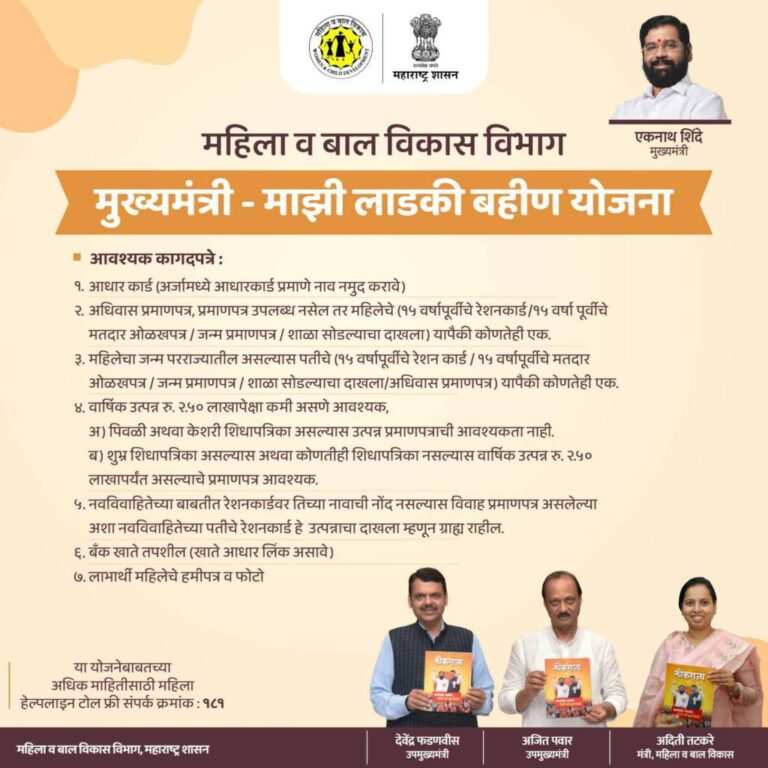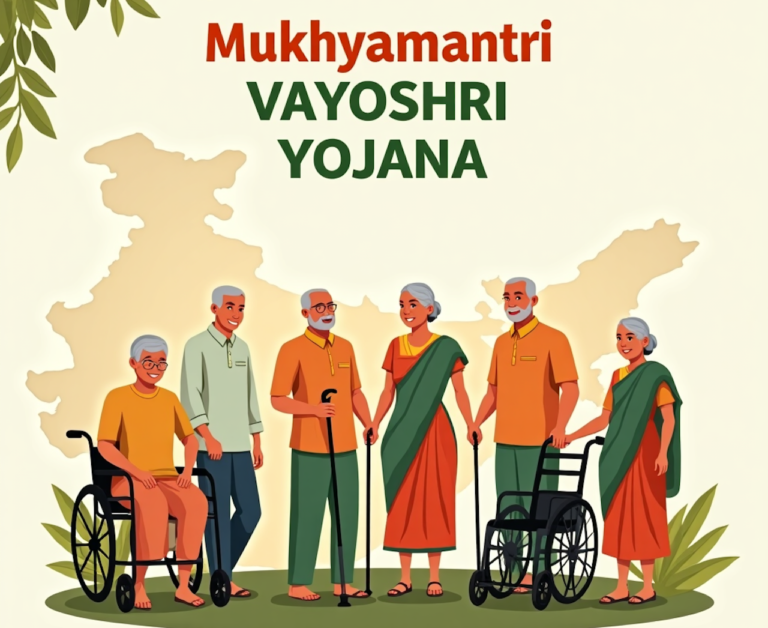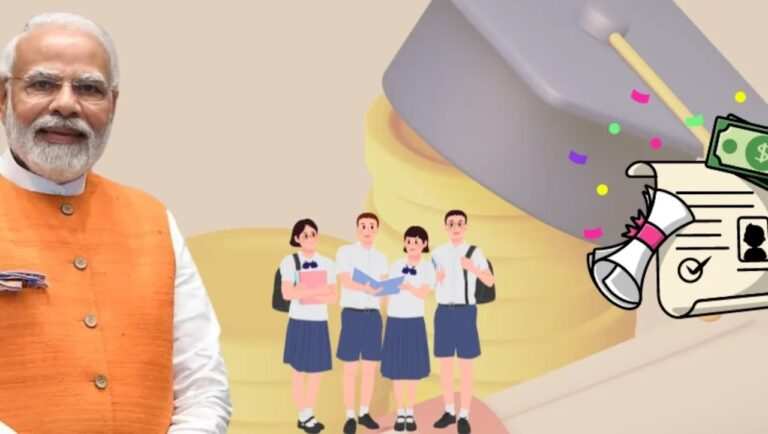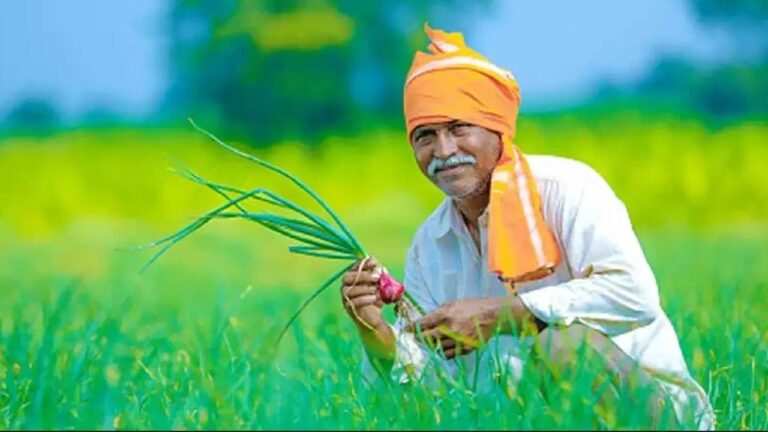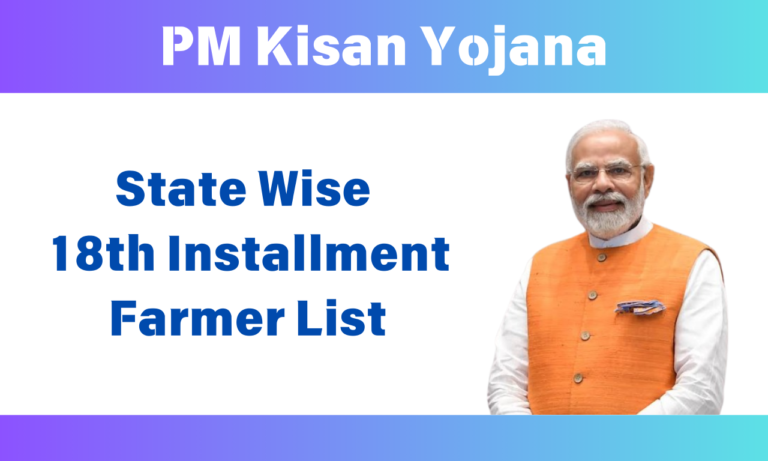Kanya Vivah Yojana: Marriage Assistance Schemes

In India, a girl’s marriage is often seen as a significant milestone, but it can also be a source of financial stress for many families. To address this issue and promote the welfare of girls, various state governments have introduced marriage assistance schemes. One such popular initiative is the Kanya Vivah Yojana. In this article, we’ll take a closer look at this scheme and compare it with similar programs across India.
What is Kanya Vivah Yojana?
Kanya Vivah Yojana, also known as the Chief Minister Kanya Vivah Yojana in some states, is a welfare scheme designed to provide financial assistance to underprivileged families for their daughters’ marriages. The primary goals of this scheme are:
- Reducing the financial burden on poor families
- Promoting the education and empowerment of girls
- Discouraging child marriages
- Encouraging mass marriages to reduce excessive spending
While the specifics may vary from state to state, the core idea remains the same – to support families in celebrating their daughters’ marriages without falling into debt.
Kanya Vivah Yojana in Madhya Pradesh
Let’s take a closer look at the Kanya Vivah Yojana as implemented in Madhya Pradesh, one of the pioneering states for this scheme.
Key Features:
- Launch Date: April 1, 2006
- Implementing Agency: Department of Social Justice and Disabled Welfare, Government of Madhya Pradesh
- Eligibility:
- The bride must be a resident of Madhya Pradesh
- The bride’s age should be at least 18 years, and the groom’s age should be at least 21 years
- The beneficiary should be registered on the Samagra Portal
- Financial Assistance:
- Rs. 51,000 in total, broken down as:
- Rs. 48,000 deposited in the bride’s account
- Rs. 3,000 for reimbursement of marriage arrangements to organizing bodies
- Rs. 51,000 in total, broken down as:
Application Process:
- Submit the application in the prescribed form to the local authorities:
- In rural areas: Gram Panchayat or Janpad Panchayat
- In urban areas: Municipal Corporation, Municipality, or City Council office
- Attach necessary documents (proof of residence, age, income, etc.)
- The application is then verified and approved by designated officers:
- Rural areas: Chief Executive Officer, District Panchayat
- Urban areas: Commissioner, Municipal Corporation, or Chief Municipal Officer
Similar Schemes Across India
Many states in India have implemented their own versions of marriage assistance schemes. Let’s compare some of these:
| State | Scheme Name | Eligibility | Financial Assistance |
|---|---|---|---|
| Madhya Pradesh | Mukhyamantri Kanya Vivah/Nikah Yojana | Resident of MP, Bride 18+, Groom 21+ | Rs. 51,000 |
| Bihar | Mukhyamantri Kanya Utthan Yojana | BPL families, Bride 18+ | Rs. 54,100 |
| Uttar Pradesh | Mukhyamantri Samuhik Vivah Yojana | BPL families, Mass marriages | Rs. 51,000 per couple |
| Rajasthan | Mukhyamantri Samuhik Vivah Yojana | BPL families, Mass marriages | Rs. 21,000 per couple |
| Haryana | Mukhyamantri Vivah Shagun Yojana | SC/BC families, Annual income < Rs. 1 lakh | Rs. 51,000 |
| Tamil Nadu | Dr. Muthulakshmi Reddy Ninaivu Marriage Assistance Scheme | Bride 18+, Annual family income < Rs. 72,000 | Rs. 25,000 + 8g gold |
Impact and Benefits of Kanya Vivah Yojana
The implementation of Kanya Vivah Yojana and similar schemes has had several positive impacts:
- Financial Relief: Families can celebrate their daughters’ marriages without incurring heavy debts.
- Promotion of Girl Child Education: Many schemes require the bride to have completed a certain level of education, encouraging families to support their daughters’ schooling.
- Reduction in Child Marriages: By setting a minimum age requirement, these schemes help in reducing child marriages.
- Empowerment of Women: Financial assistance often goes directly to the bride’s account, giving her some financial independence.
- Encouragement of Mass Marriages: Many schemes provide additional benefits for mass marriages, reducing excessive spending on individual weddings.
- Social Security: These schemes act as a form of social security for underprivileged families.
Challenges and Criticisms
Despite the positive intentions, these schemes face some challenges and criticisms:
- Limited Reach: Due to lack of awareness or complicated procedures, many eligible families may not benefit from these schemes.
- Misuse: There have been instances of people falsifying documents to avail benefits.
- Reinforcing Patriarchal Norms: Critics argue that such schemes reinforce the idea that marriage is necessary for women and that it’s the state’s responsibility to “give away” daughters.
- Inadequate Amount: In some cases, the financial assistance provided may not be sufficient to cover all marriage expenses.
- Delay in Disbursement: Beneficiaries often complain about delays in receiving the promised amount.
How to Make the Most of Kanya Vivah Yojana
If you’re planning to avail the benefits of Kanya Vivah Yojana or similar schemes in your state, here are some tips:
- Start Early: Begin the application process well in advance of the planned wedding date.
- Check Eligibility: Carefully review the eligibility criteria for your state’s scheme.
- Gather Documents: Collect all necessary documents like residence proof, income certificate, age proof, etc.
- Seek Help: If you’re unsure about the process, seek assistance from local government offices or NGOs.
- Consider Mass Marriages: If your state offers additional benefits for mass marriages, consider this option.
- Follow Up: After submitting your application, follow up regularly on its status.
Future of Marriage Assistance Schemes in India
As India progresses, the nature of these schemes is likely to evolve. Some potential future trends could include:
- Digital Integration: More states may adopt online application and tracking systems for easier access.
- Focus on Education: Schemes might increase the emphasis on the bride’s education level.
- Skill Development: Some states might integrate skill development programs along with marriage assistance.
- Gender-Neutral Approach: There might be a shift towards assisting couples rather than just brides.
- Increased Financial Assistance: As living costs rise, the amount of assistance might increase.
Conclusion
Kanya Vivah Yojana and similar schemes across India represent a significant effort by state governments to support underprivileged families and empower young women. While these initiatives have their challenges, they have undoubtedly made a positive impact on many lives.
As a society, it’s crucial to continue supporting and improving such welfare schemes while also working towards broader goals of women’s education, empowerment, and financial independence. After all, true progress lies not just in assisting marriages, but in creating a society where every individual, regardless of gender, has the opportunity to lead a dignified and self-reliant life.
Remember, if you’re eligible for such schemes, don’t hesitate to apply. These are your rights as citizens, designed to help you at a crucial juncture in life. At the same time, let’s strive for a future where financial assistance for marriage becomes unnecessary because every individual is economically empowered.
For more information about the Kanya Vivah Yojana in your state, visit your state government’s official website or contact your local municipal office.

